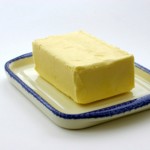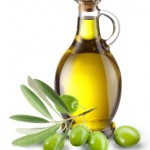My writing mentor, Teresa Funke, sent me an email after reading one of my posts recently. She mentioned that her family has a book titled Eat This Not That! Her three kids love reading the book and pointing out choices, especially wrong ones, that she and her husband make. They've purchased several editions of the book over the past few years.
Well I had to buy the book and easily found it in our favorite locally owned bookstore, Old Firehouse Books (that's right; it's in an old fire station). This is the 2011 edition and costs $19.99.
The authors (major and minor) are David Zinczenko, the editor-in-chief of Men's Health and a co-writer, Matt Goulding, who's said to be a New York Times best-selling food author and has cooked and eaten his way around the world. I Googled the second author and found he also has a book called Cook This Not That! Since we already do lots of healthy heart cooking I won't buy that other book.
But let's go back to the book that I did purchase.
So what does this book do? Remember, I rarely eat fast food at all and if I do it's because we're on a trip and didn't bring sandwiches (we almost always do for shorter road trips, but the second or third day out, we may have to find a place to eat). My favorite choice then is Subway since I can pick a simple "sub" and not goop it up. Plus I know what the calories are in the sandwich since they're listed.
But the book is interesting. It lists the "20 Worst Foods in America,' for instance. It tells what's really in a "Chicken McNugget" (seven ingredients in the meat and twenty more in the breading). It has a Top Swaps section telling which burger, wings, pasta, ribs, fajitas, chicken, fries, salad, pizza and ice cream is better than its competitor. It focues on some specific food choices (bad ones, according to the book) and tells why (e.g., a Taco Bell Mexican Pizza has 64 different ingredients; Skittles have more sugar per package than two twin-wrapped packages of Peanut Butter Twix and a whole range of additives that help bring about all those colors; many of those were apparently linked in a Lancet article to hyperactivity and behavioral problems in children).
The bulk of the book fits the title, side by side comparisons of food choices from different fast food restaurants. They're interesting and may be quite useful to those of you who partake on a regular basis of such fare.
I have some real caveats however. Many of their "Eat This' selections still have way too much salt and sometimes more fat than I'd be interested in eating. The book touts losing weight without exercising or dieting. That's not my style at all. Nonetheless it's both a good read, and according to Teresa, a nice way to introduce kids to making food choices. The book rates and, in some areas, grades a wide variety of foods.
Overall I'd give it a C+, but you may rate it higher, even if you only eat fast food occasionally.





